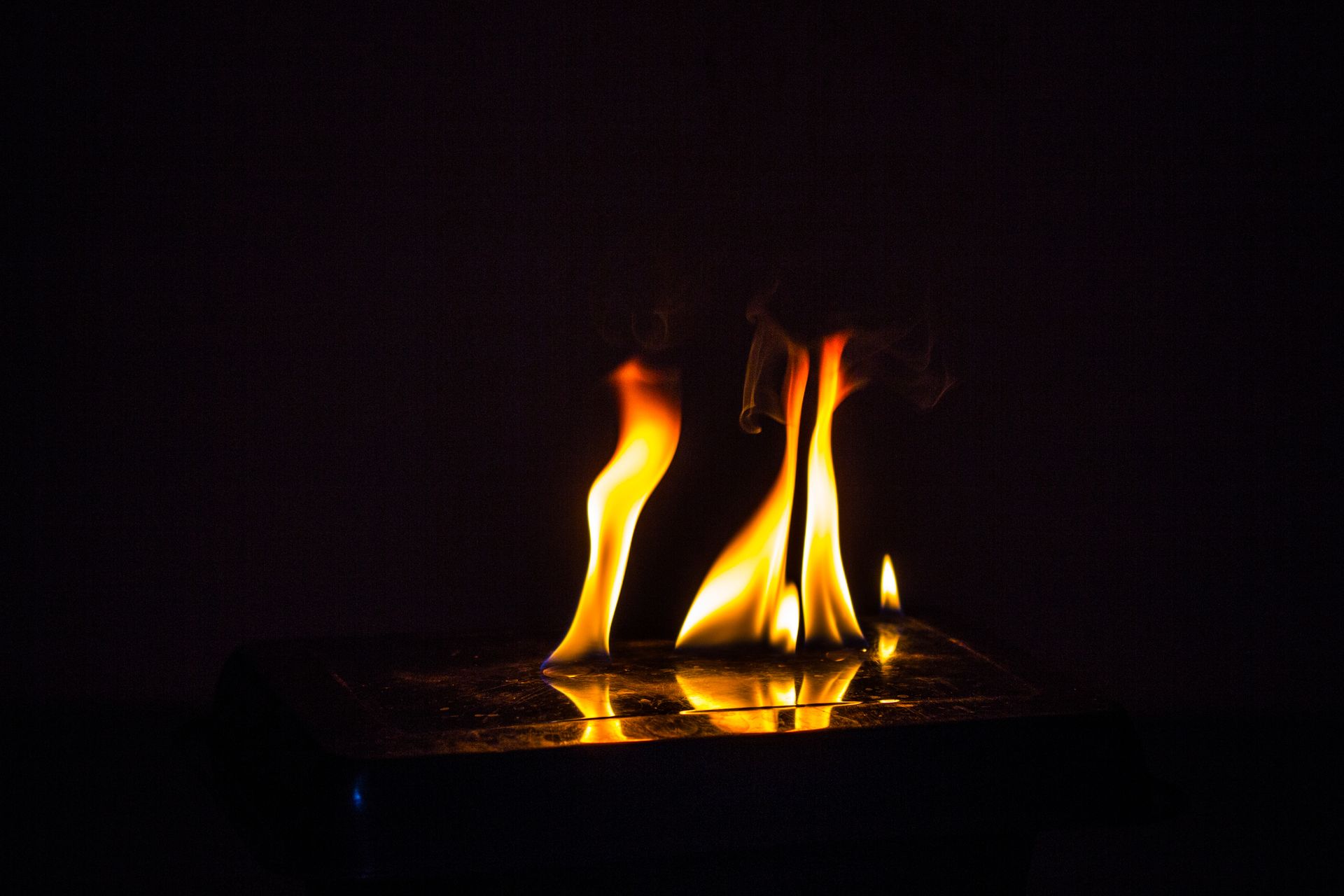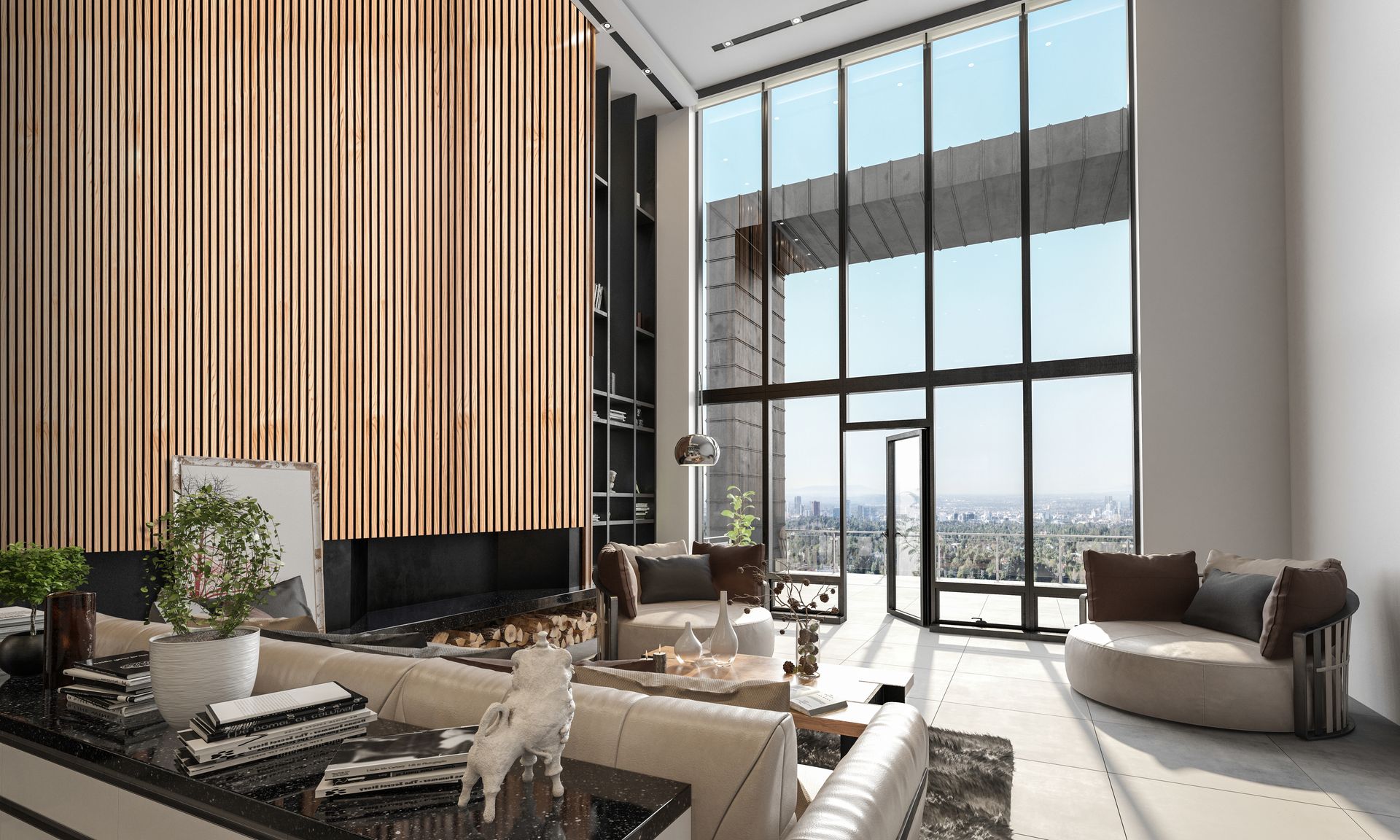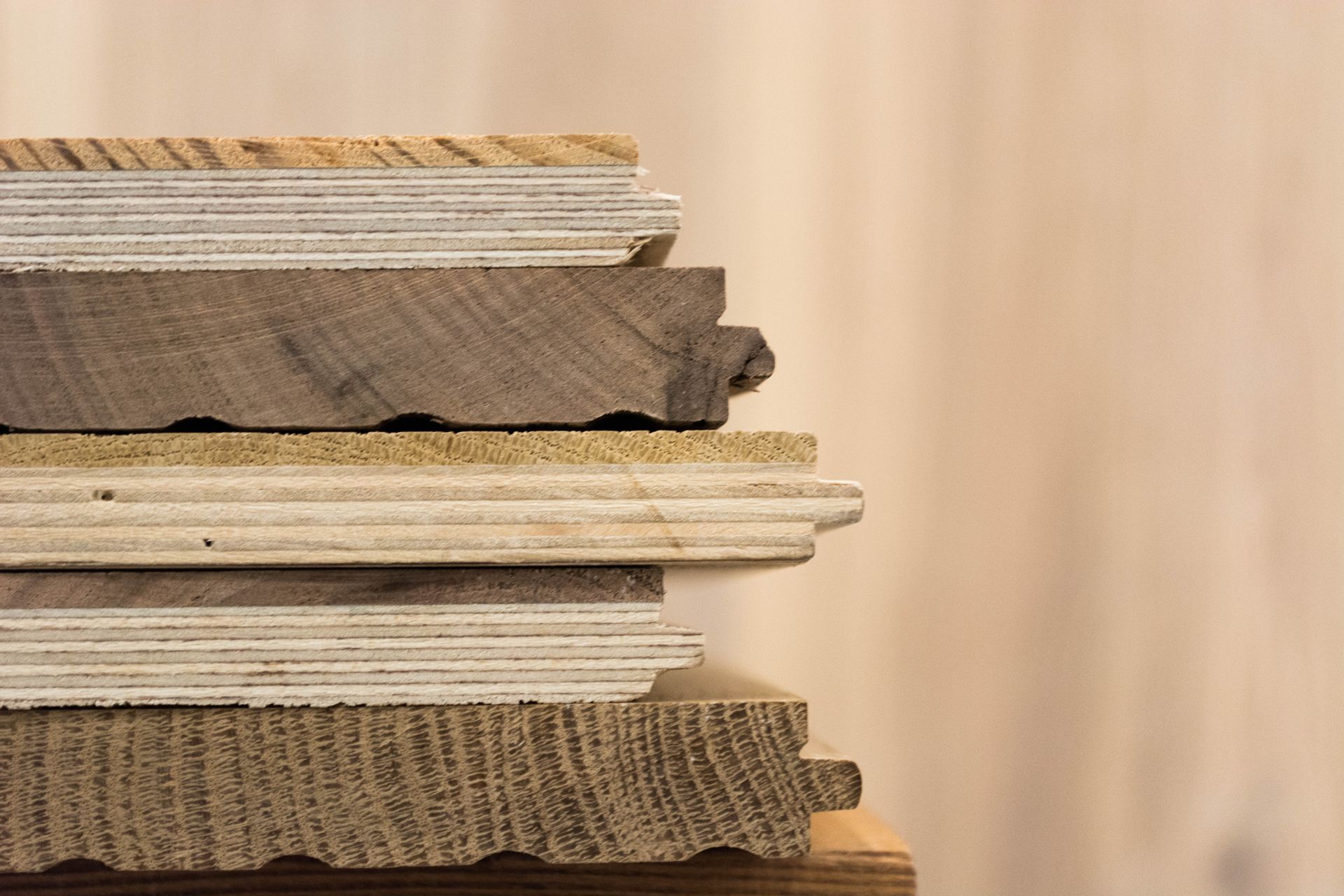So much of architecture is about vision and creativity - conceiving of buildings that will complement their environment and enhance the lives of the people that use them.
But of course, great architecture is also innately functional and practical, and a huge aspect of that is safety and code compliance - ensuring buildings are designed and built in a way that protects them and their inhabitants from harm.
Fire ratings are one aspect of building code compliance that architects must consider, ensuring the materials and finishes they specify meet with regulations designed to keep people safe and minimize any damage if a fire breaks out in any residential or commercial building.
Let’s take a closer look at the fire code requirements for wood interior products, including what they mean, how they’re tested and the steps we take to ensure WoodCo products meet the most up-to-date requirements.

What is a fire rating?
Fire ratings apply to a huge range of building materials for structural and aesthetic applications, both indoors and out. For the purposes of this blog, we’ll focus on materials used for surface finishes, specifically wood flooring and wall coverings.
Fire ratings are administered by The American Society for Testing and Materials (ASTM). They are determined based on the result of a standardized burn test known as E84, which assesses how flammable a material is (how easily it catches fire and how fast it burns) as well as its smoke development characteristics (how much smoke is produced as it burns).
In order to receive a fire rating, surface materials such as ceiling and wall paneling are independently tested by ASTM under laboratory conditions. They are then awarded a rating from A to C based on performance, with A being the highest and best rating.

How are surface finishes tested for fire resistance?
As mentioned above, products like ceiling and wall paneling are tested under laboratory conditions using a process called the Steiner Tunnel Test.
During this process, a 24-inch-wide by 24-foot-long sample of the material is placed in a tunnel-like furnace, where gas burners apply flame to the surface for 10 minutes.
Observers track how quickly the flame travels along the length of the sample, while a photometer measures the amount of smoke produced.
The results determine two key ratings: the Flame-Spread Index (FSI), which indicates how fast fire spreads, and the Smoke-Developed Index (SDI), which measures smoke production. These ratings classify materials into Class A, B, or C for fire safety compliance.

Do all wood interior products have to be fire rated?
The code requirements for wooden surface finish products vary depending on the nature of the building and the type of product.
Wood flooring
For flooring, ASTM E648 (Critical Radiant Flux) is the standard test method for measuring flame spread, while ASTM E84 (Surface Burning Characteristics) is used for wall and ceiling finishes, As a general rule, wood flooring for standard residential, light commercial use does NOT require a fire rating. However, in public and commercial buildings, there may be a requirement to comply with fire codes such as the International Building Code (IBC) or NFPA 101 (Life Safety Code), especially in high-risk environments such as healthcare settings and high-rise buildings.
Wall paneling
The rules around wall paneling and fire safety are typically more stringent than those around wood flooring. This is because wall paneling is installed vertically, and if it doesn’t meet fire safety regulations, it can quickly conduct flames upwards through a building. This is a particularly important consideration in high-rise and commercial buildings where wooden wall paneling in stairwells can present a significant fire risk. For this reason, a Class A fire rating may be required for wall paneling installed in safety critical areas of a building, such as stairways and corridors, while surface finishes in other areas – such as offices and restaurants – may be deemed compliant with a Class C rating.
What factors influence fire ratings?
There are a number of natural and man-made factors that can influence the fire rating of wood interior products.
1. Moisture content
Wood is a hygroscopic material, which means it absorbs moisture from its surroundings, and this can affect how well (or not) it burns. For this reason, all wood samples for fire testing must be conditioned to a specific moisture content – typically 6-12%, which aligns with the equilibrium moisture content of wood in normal indoor conditions. This ensures realistic results from testing.
2.
Species and composition
Different wood species burn in different ways. Hardwoods, for example, tend to burn more slowly than softwoods – but woods with a high oil content, such as cedar and teak, tend to be more flammable. Composite products made with plywood and MDF also burn at different speeds and can produce more smoke due to the adhesives used in their manufacture. As a rule of thumb most Hardwoods have a Class C rating while most Softwoods have a Class B rating based on a ¾” thick solid plank.
3.
Treatments & finishes
Treatments and coatings are often used to make wood products more fire resistant so they can achieve a particular fire rating. Fire retardant treatments (FRTs) are infused into the wood itself, either using a pressure-impregnation technique that forces the treatment deep into the wood, or through surface application that allows the treatment to soak in naturally (but not as deeply). This method can affect the structure of the wood and as such is usually reserved for composite materials such as plywood, and for decorative wall paneling. They often cause issues when trying to finish materials as stains and finishes can sometimes look blotchy.
Fire retardant finishes and topcoats can be used for both wall paneling and flooring since they don’t affect the structural integrity or the visual appearance of the wood. These products are typically brushed or sprayed on during the manufacturing process, but can be added on site too.
4.
Backing
Another way to overcome some fire rating challenges is by adding a backing layer behind wooden wall paneling – usually fire-rated drywall. The drywall acts as a thermal barrier, slowing fire penetration and reducing structural damage, and significantly enhancing fire safety. Using fire-rated drywall helps to meet Class A flame spread requirements for commercial buildings.
Meet fire regulations easily with WoodCo
As a custom manufacturer, WoodCo is ideally placed to help architects and designers overcome challenges related to fire ratings, without compromising your creative vision. We’ll work with you on custom sourcing, milling and finishing as well as any specific fire testing required to meet code requirements for your specific project and jurisdiction, no matter where you are in the US. Contact us today to discuss your needs.
